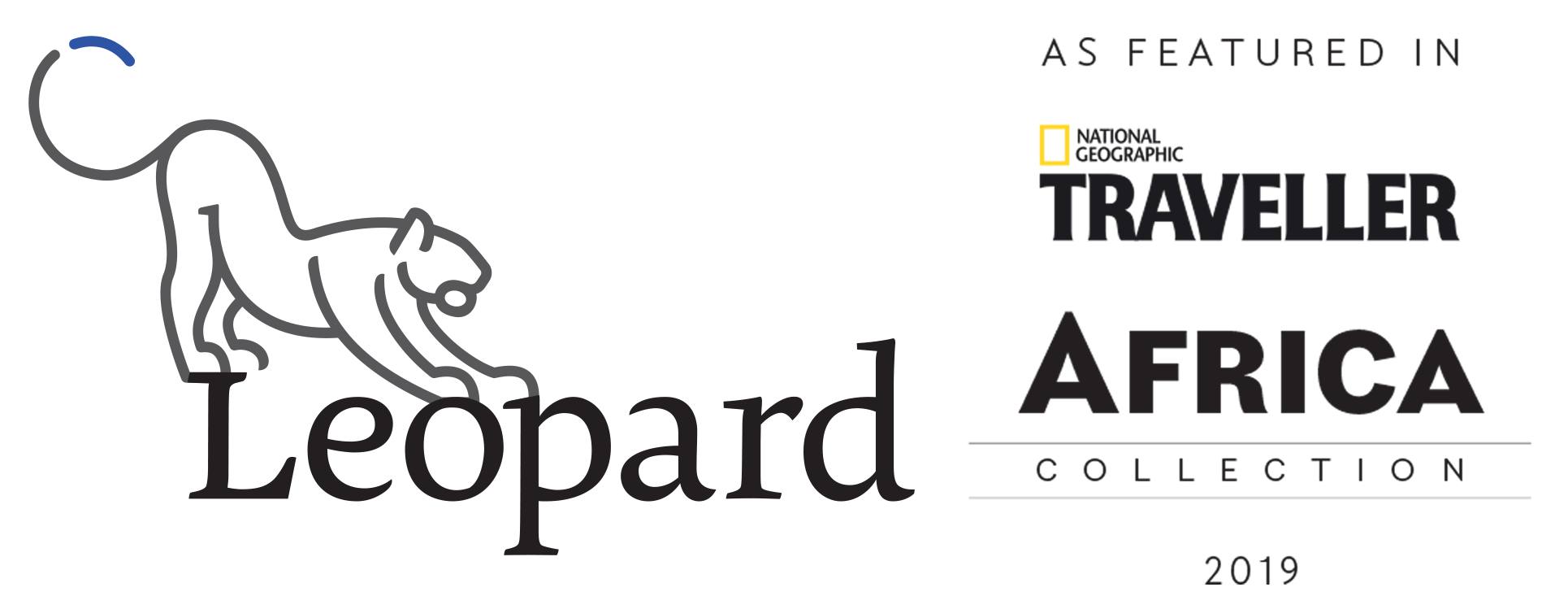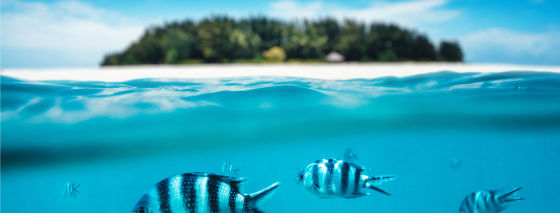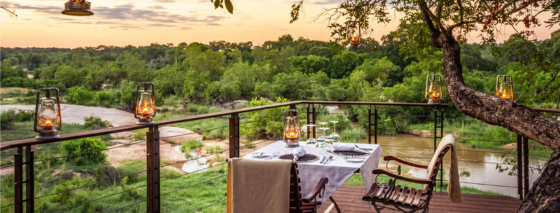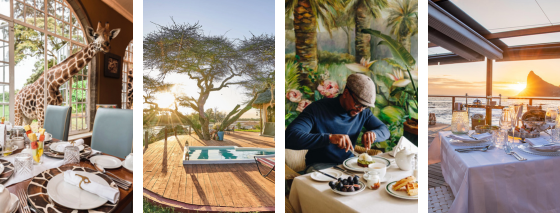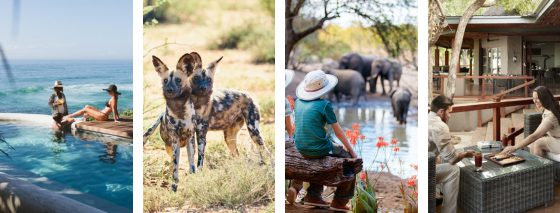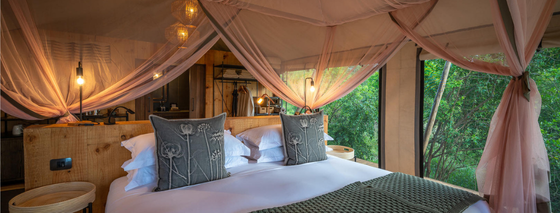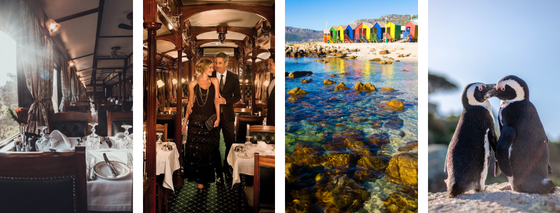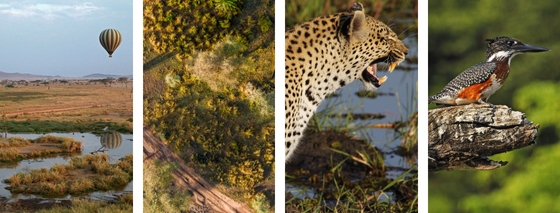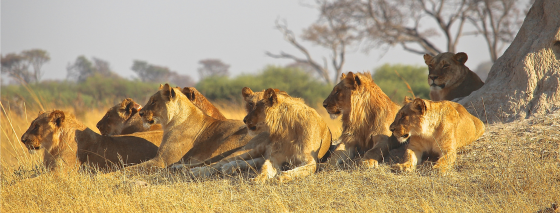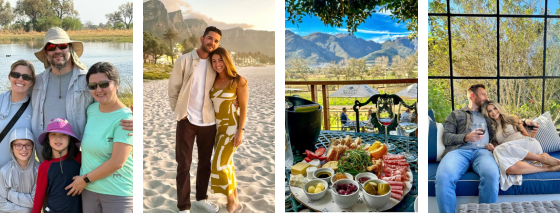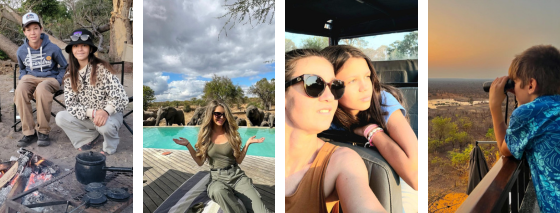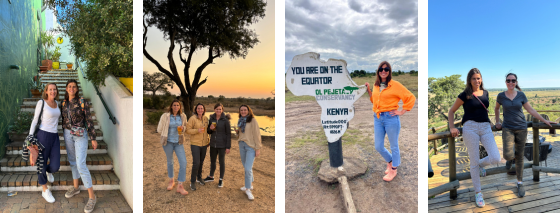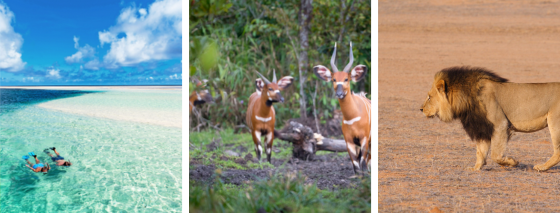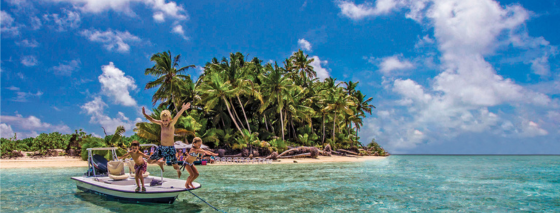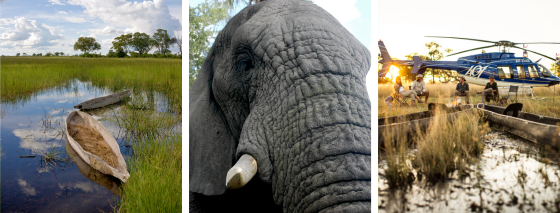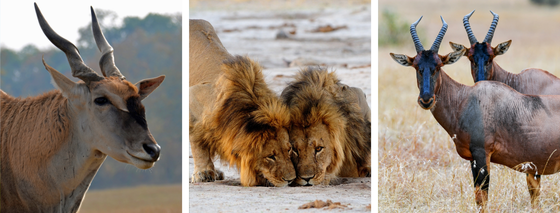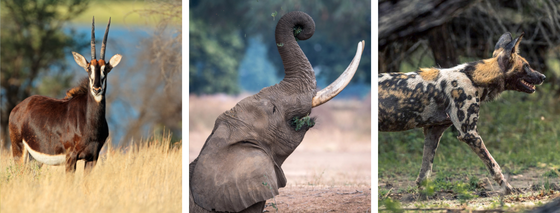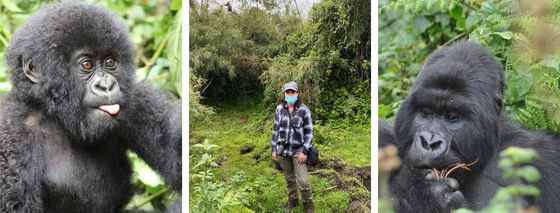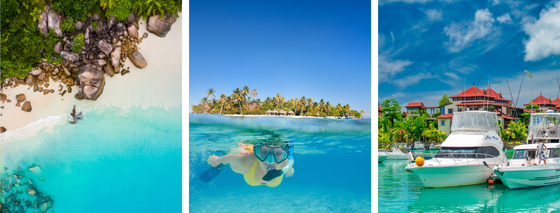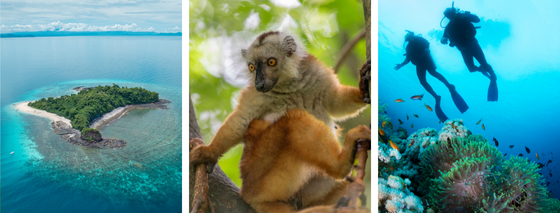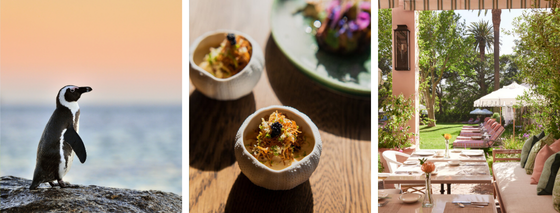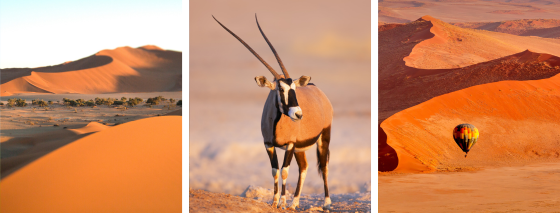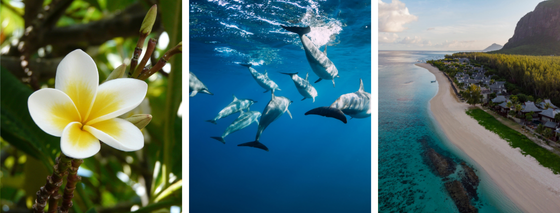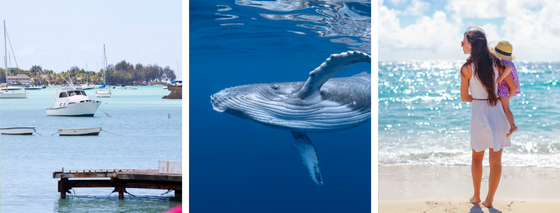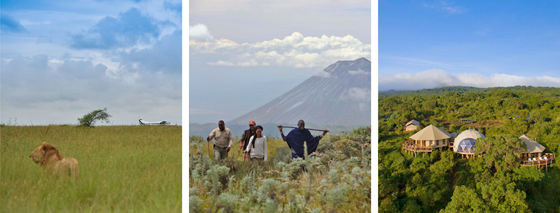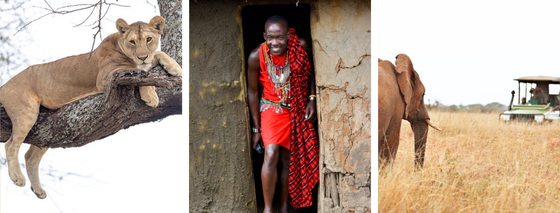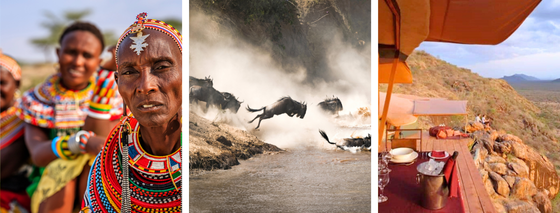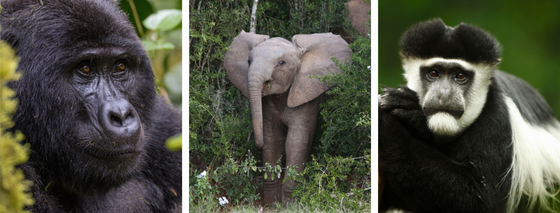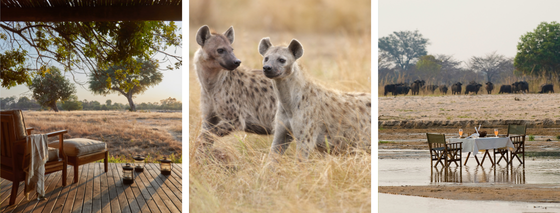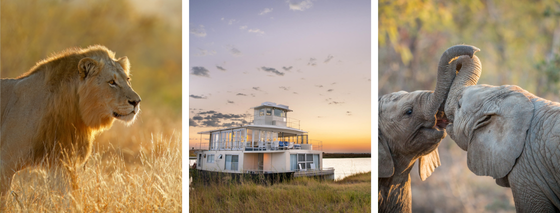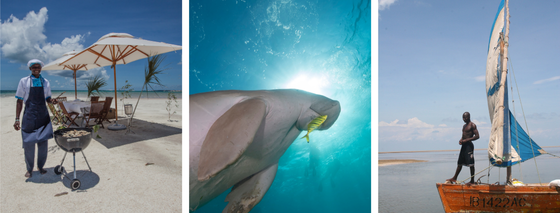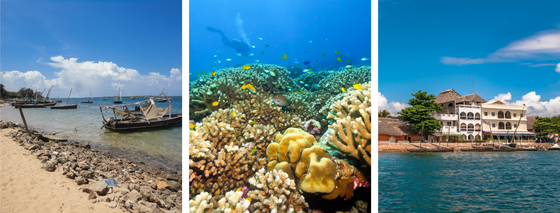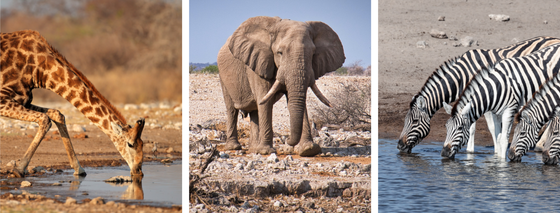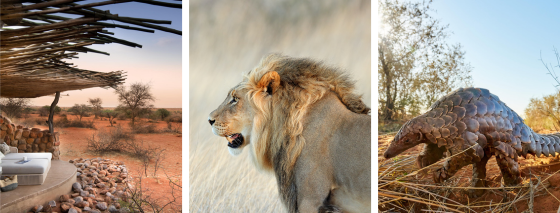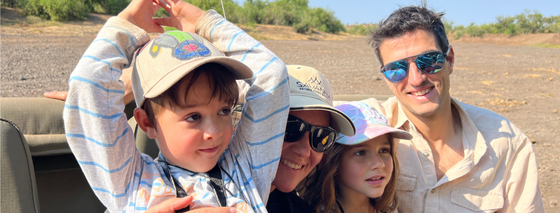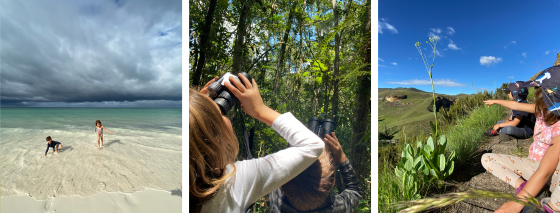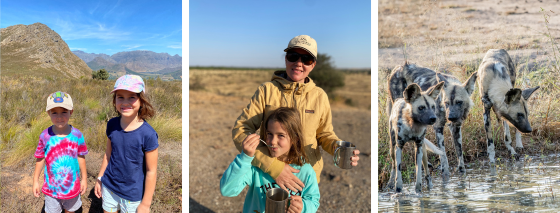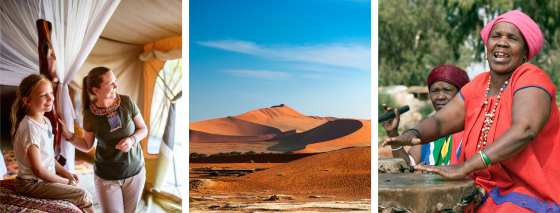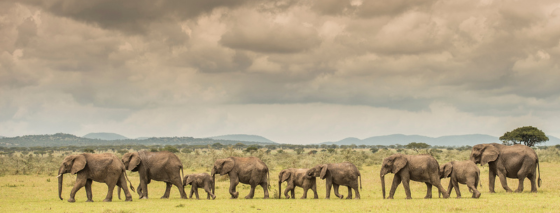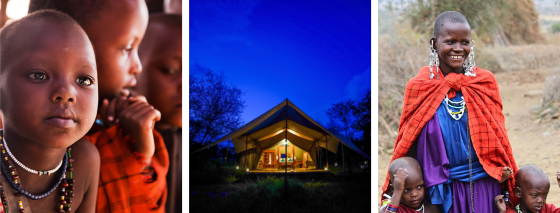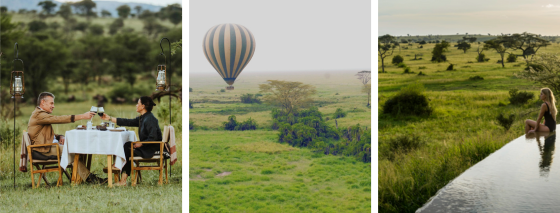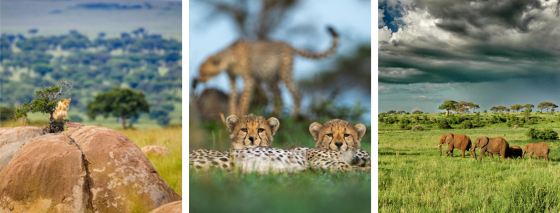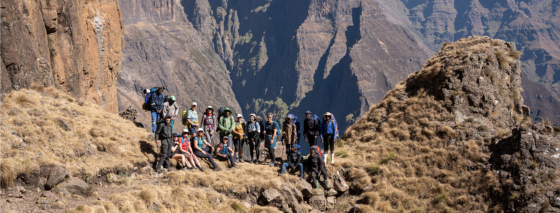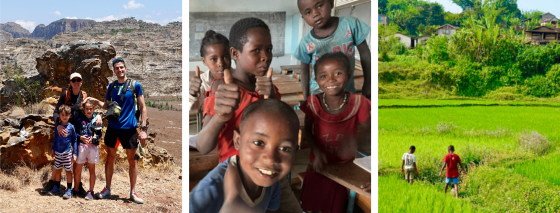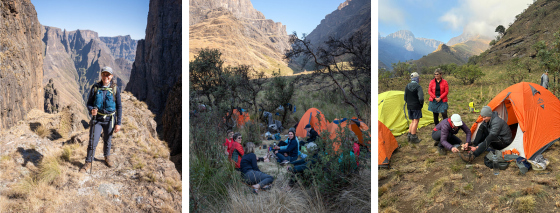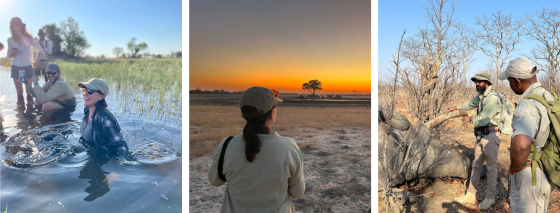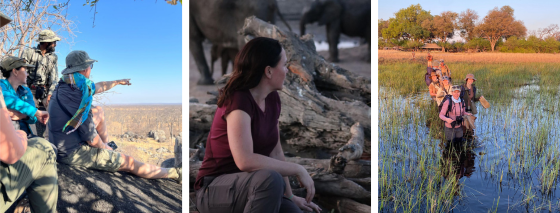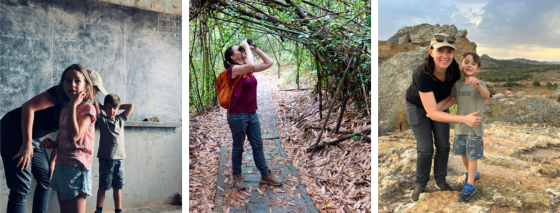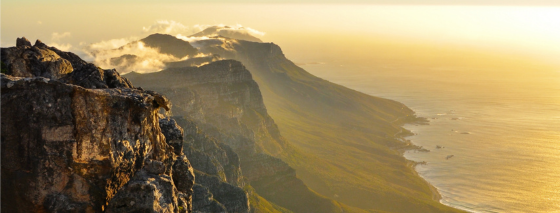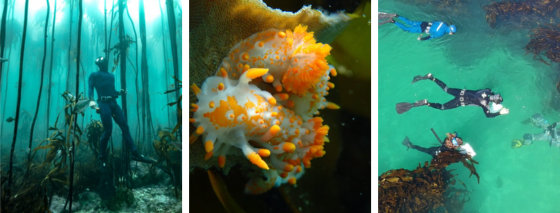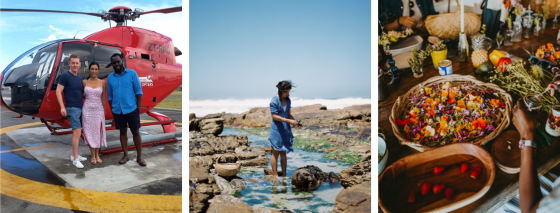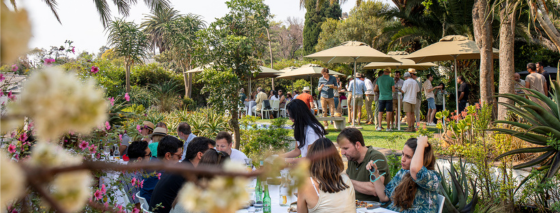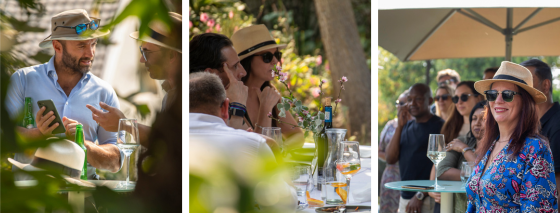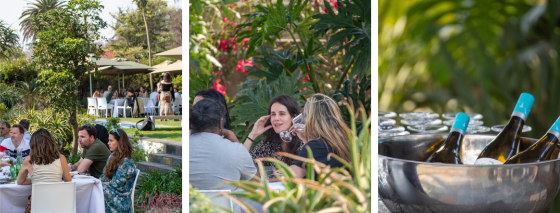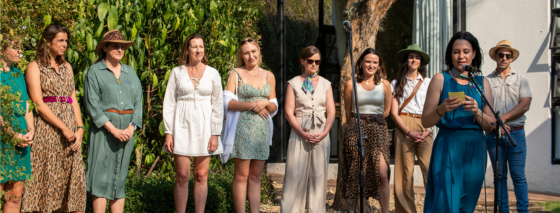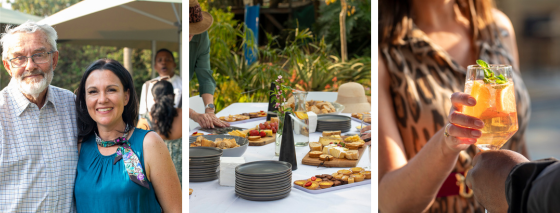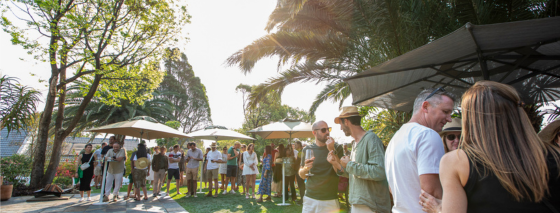Zanzibar: 10 of the Best Romantic Experiences for Couples
With its powder-soft beaches, crystal-clear waters, and enchanting blend of African, Arab, and European influences, Zanzibar is becoming an increasingly sought-after destination for couples seeking a romantic getaway. Here’s our guide to the ten best things to do on a romantic holiday in Zanzibar.
1. Stay at The Island Pongwe
The Island Pongwe provides an intimate and exclusive (adults-only) retreat footsteps from Zanzibar’s shores. This boutique hotel, perched on a private islet, can be reached on foot during low tide or by boat when the tide rises. Couples are guaranteed privacy and personalised service with only a handful of villas. Picture yourself sipping a cocktail as the sun sets over the Indian Ocean, savouring fresh local seafood at its excellent restaurant, and falling asleep to the soothing sounds of lapping waves.
2. Enjoy relaxing spa treatments at Zuri Zanzibar
Zuri Zanzibar is a sustainably run resort (it was the first hotel in the world to be awarded EarthCheck’s Sustainable Design Gold Certification). It is focused on connecting people with nature and wellness. Nestled in a tranquil setting, right on the beach, the resort has a spa where couples can enjoy side-by-side massages and other treatments using local ingredients such as coconut oil and spices. In addition to being a relaxing refuge, it’s nice to know that the resort invests in protecting Zanzibar’s coral reefs, provides computers for local schools and creates local job opportunities.
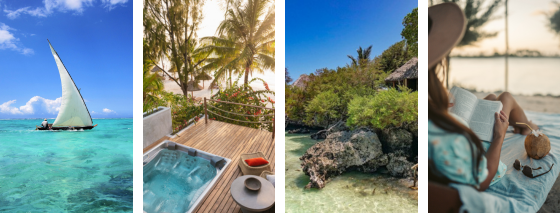
3. Dive or snorkel together around Mnemba Island
Mnemba Island is synonymous with world-class diving, and couples who love marine adventures should certainly explore the ocean together. Here clownfish weave between anemones and surgeonfish, parrotfish and green turtles swim among the pristine coral reefs. Whether you’re seasoned divers or casual snorkellers, or you want to learn to dive together for the first time, the crystal-clear waters and abundant marine biodiversity make for the perfect setting. You’ll also have a personalised experience as dive operators cater to small, private groups.
4. Stay on Mnemba Island
For couples seeking the ultimate in exclusivity, staying on Mnemba Island is perhaps the pinnacle of luxury. This private island lodge, operated by &Beyond, offers just ‘12 rustically chic beachside Bandas’, each with direct access to the ocean. Couples can enjoy barefoot luxury, bespoke dining, and attentive service in a setting that feels like their own deserted island paradise. Whether you’re enjoying a candlelit dinner on the beach or a private snorkelling excursion, Mnemba Island will provide you with unforgettable romantic moments.
5. Enjoy a Sunset Dhow Cruise
No romantic trip to Zanzibar is complete without a sunset dhow cruise. These traditional wooden sailing boats provide a timeless way to experience the island’s beauty. As you sail along the coast, you may get to see the African sky transform into a canvas of fiery orange and pink hues. Many cruises provide music, drinks and canapés, making it a relaxing and intimate way to end the day.
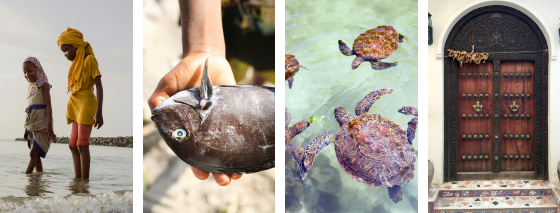
6. Explore Stone Town’s historic charm
Couples who enjoy culture, history and photography will love exploring Stone Town, a UNESCO World Heritage Site. Wander through its labyrinthine streets hand in hand, discovering centuries-old architecture, bustling markets, and ornate doorways. You can do this independently; however, we recommend booking a local guide to enhance your experience. Local guides can reveal all sorts of facts that you may not uncover on your own and reveal more about the history and subtle nuances of culture and life on the island. Afterwards, relax at the Emerson Spice Rooftop Tea House, a restaurant with panoramic views over the city and ocean.
7. Enjoy a spice tour together
Zanzibar’s nickname, Spice Island, stems from its history as a major producer of spices such as cloves, cinnamon, and nutmeg. A spice tour is a sensory journey that will take you through lush plantations, where you can learn about the island’s spice trade together, and get to sample exotic fruits.
8. Visit Jozani Forest and see red colobus monkeys
Couples who love nature will enjoy a visit to Jozani Forest. It’s home to the rare red colobus monkeys. Guided tours offer insights into the island’s unique ecosystem and conservation efforts. It’s a refreshing break from the beach and an opportunity to connect with nature.
9. Relax on Kendwa Beach
Kendwa Beach, situated in the northwest of Zanzibar, is known for its powdery white sand and calm turquoise waters. It’s an ideal spot for couples looking to unwind in paradise. If you’re staying at one of the resorts here, you can flit between the pool and beach. For couples who enjoy nightlife, the Kendwa Rocks Beach Hotel hosts a full moon party once a month (which has been running since 1996). They serve buffet meals with live music under the African night sky.
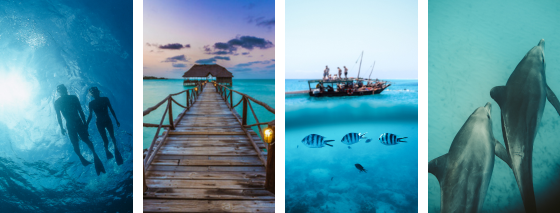
10. Swim with Dolphins
For a truly magical experience, take a dolphin-watching tour in Kizimkazi, on Zanzibar’s southern coast. Here, you and your partner can swim alongside pods of wild dolphins in their natural habitat. While this is a bucket-list activity, it’s important to book with eco-conscious tour operators who prioritise responsible and respectful wildlife interactions.
Zanzibar’s natural beauty, fascinating culture and warm tropical ocean make it a wonderful choice for a romantic holiday. While each person, or couple, will have their own experience, Leopard’s founder and director shares one of her highlights of visiting Zanzibar, “I find Zanzibar an incredibly exotic destination, being a perfect blend of African and Arabic cultures. You can’t help but relax and embrace the unhurried pace of island life on this beautiful and charming tropical island!”
Happy Travelling,
The Leopard Team
P.S. Click the ‘Start Planning Here’ button (top right of this page) if you’d like us to explore options for a tailor-made trip to this Indian Ocean archipelago (or if you’re curious about combining this island getaway with a safari in Tanzania’s mainland).

